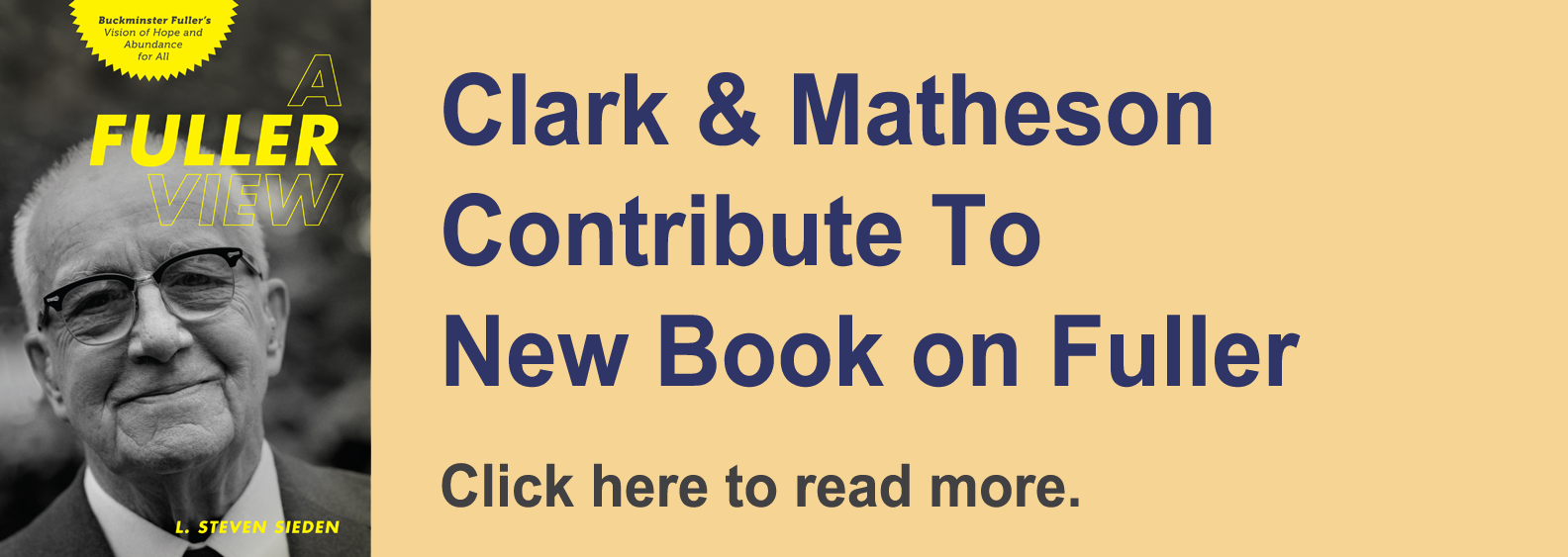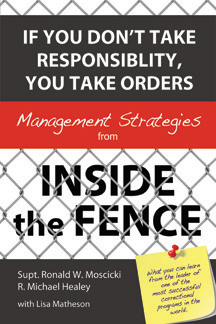Synergetics & The 12 Steps To Recovery
Summary Overview of Manuscript
This manuscript describes the purpose, development, methodology and results of an innovative, dynamic approach to recovery from addictions to alcohol, drugs and other mood-altering substances as implemented in certain correctional treatment programs and presented in the book, DOING LIFE®! A Life Skills Program for Recovery from Addictions.The model is based in the 12 Steps to Recovery of Alcoholics Anonymous and Narcotics Anonymous; 5 Steps to Decision Making of the Thresholds Program; Synergetics; and Accelerated Learning techniques, as applied in the New York State Department of Corrections Network Program, Shock Incarceration, the Willard Drug Treatment Campus and other correctional agencies throughout the United States.
This work approaches the escalating problem of addiction and incarceration from a systems perspective, as it affects everyone in the environment, addicts, offenders and society as a whole. It focuses on addiction in the context of its impact on individuals and their families, economics, society at large, and the criminal justice system.
The manuscript describes innovative programs and artifacts designed and developed to provide skills for "livingry" for the clients and staff of correctional agencies and reports the results achieved through a comprehensive approach to treatment based in the Synergetics of R. Buckminster Fuller.
The systems model is integrated through the comprehensive context of Fuller's Synergetics: The Geometry of Thinking. These principles have been applied to educational and treatment programs developed for the criminal justice system with positive results. Synergetics provides a solid scientific foundation for intuitive connections made among many traditional models of treatment, including social work in human service agencies for juveniles and adults, psychotherapy, substance abuse treatment, criminal justice administration, program planning and graduate level studies of learning theory.
Synergetics is the study of whole systems, of "spatial complexity and as such is an inherently comprehensive discipline and a new way of approaching and solving problems." Most simply put, Synergetics is the study of how nature works, the patterns inherent in nature, and the geometry of environmental forces that impact on humanity. In his thousands of lectures, Fuller urged his audiences to study synergetics, saying "I am confident that humanity's survival depends on all of our willingness to comprehend feelingly the way nature works."
Synergetics is applicable to architecture, education, geometry, and science. The discipline of Synergetics allows one to approach complex human problems with fresh insight and to develop dynamic systems that support human beings-formerly mired in defeat, and "destined" to spend their lives in prison and/or poverty-to learn skills that have resulted in measurable success in their own lives and, as a result, in the lives of their children.
The first part of this manuscript presents the theoretical model. The second part provides examples and evidence to show how the systems approach that R. Buckminster Fuller introduced in his twenty-eight books is also directly relevant to the treatment of offenders and addictions. The interventions presented are based in a holistic approach to human beings ravaged by the effects of addiction, including the addicts, their families, and the people who work with them. It is hoped that this work can help in some way to "raise the curtain on a new and universally propitious era of humans in universe," where the "answer" to the problem of addiction is not punishment but rather education and treatment, which are more successful in obtaining and maintaining positive results.
This manuscript addresses the following questions:
- Who becomes addicted?
- Who goes to prison? Why?
- How do offenders and addicts differ from those who do not go to prison or become addicted?
- Are addiction and incarceration related to learning difficulties? If so, can these learning difficulties be corrected effectively? How?
- What does the discipline of Synergetics have to contribute to the treatment of addicts and offenders?
- How does Synergetics relate to the 12 Steps to Recovery of Alcoholics Anonymous and Narcotics Anonymous?
- How is this discipline applied in an addictions treatment program, in prison or in any treatment setting?
- How does one establish a Total Learning Environment™ in prison?
- What results can be expected from a treatment approach based in Synergetics?
Downloadable Files
The manuscript is available for download in 7 chapters.Acknowledgments
Chapter 1 - Abstract Literature Review
Chapter 2 - Every Day In America
Chapter 3 - 12 Freedom
Chapter 4 - Environment vs Will
Chapter 5 - DOINGLIFE 12 Degrees of Freedom
Chapter 6 - Summary
Chapter 7 - Bibliography
Other Writings by Dr. Clark
A Fuller View (Contributing Author)Lifeskills Curricula
More about the Curricula developed from Dr. Clark's work in the criminal justice system:DOING LIFE! A Lifeskills Program for Recovery From Addictions
S.M.A.R.T. Choices! An Accelerated Lifeskills Program


